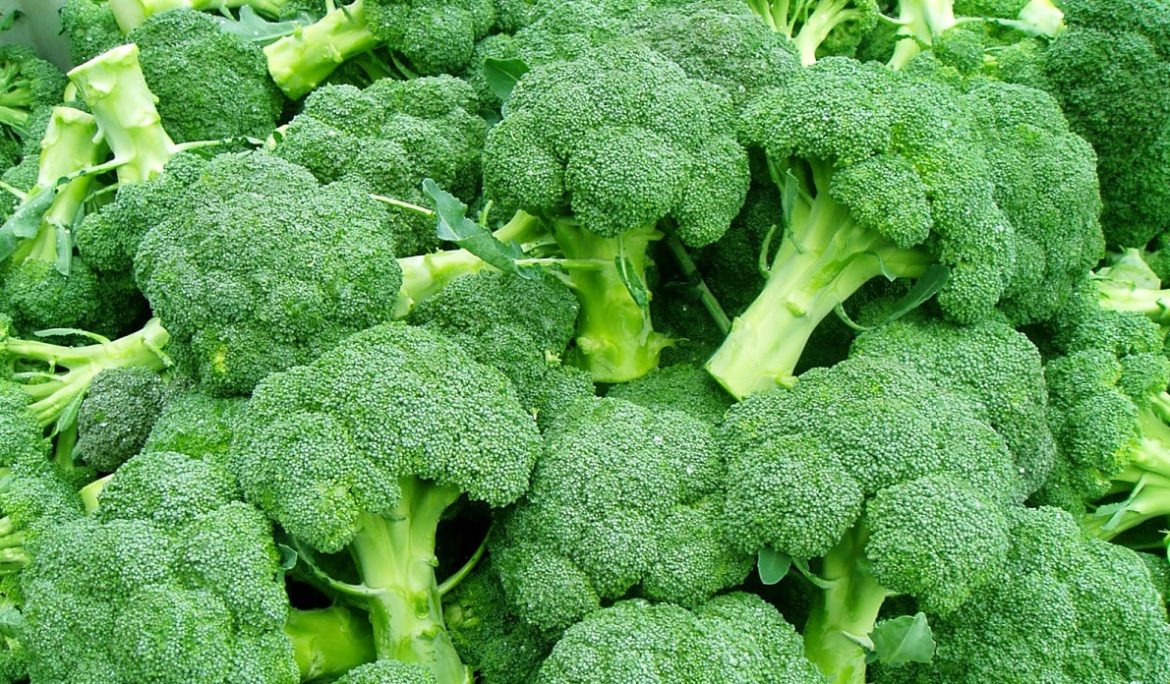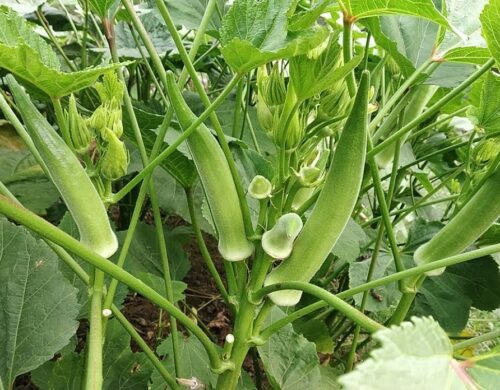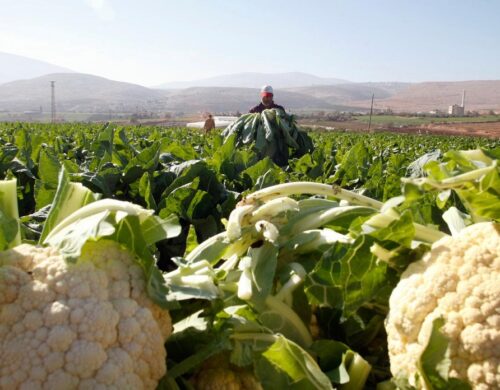
Broccoli is a staple vegetable under cauliflower vegetables. It is a nutritious Italian cabbage, originally used as a salad, soup, and vegetable. There are two types of broccoli – sprouting broccoli and heading broccoli. Sprouting broccoli is more popular than this. Vitamin, mineral reaper which are are found in abundance in it. Being nutritious is more beneficial for pregnant women. Apart from this, it is also very popular among people due to its colors. It is mainly found in three colors. It has white, green, and violet broccoli.
Variety cultivated in India
- Roylegreen
- Evergreen
- Danube
- Yugren
- Salinas Pilgrim
- Green Mountain
- Central Premium Crop
- Premium Pusa Broccoli
How to Grow Broccoli
Broccoli cultivation is similar to cauliflower cultivation. Land with loamy or loamy-loamy soil is best for its cultivation. More acidic land is not good for this. It can also be cultivated in brown soil. But keep in mind that proper drainage should be made for this. Otherwise, its leaves start turning yellow due to waterlogging, which affects the production.
Proper Sowing Time
The winter season is the ideal time to grow broccoli in the plains of North India. For its seed germination and good growth of plants, the temperature should be 20 -25 ° C. The second fortnight of October is the time to prepare its nursery. It is prepared in low altitude areas in September-October, in high altitude areas, August-September and in high-altitude areas in March-April.
Broccoli Nursery Preparation
400–500 grams of seed per hectare is sufficient for sowing in a broccoli nursery. In preparing the nursery, keep in mind that the nursery is 15 cm from the ground. Preparation of land should be done by mixing well-rotted cow dung/compost manure and single super phosphate at the rate of 50-60 grams per sqm in the nursery bed. To protect against pests and diseases in the nursery, in the bed, at the rate of 5 grams thiram per sqm, mix well 5-7 cm. At a distance of 1.5–2 cm. Draw deep lines.
After this, sow the treated seeds according to the fungicide 10 grams drycoderma or one gram carbendazim or 2.5 grams thiram per kilogram of seeds. Light irrigation with fountains till the seeds freeze so that moisture remains. To prevent excessive rain, nursery beds should be arranged to be covered with weed or polythene sheets.
For uninterrupted farming, the plant should be prepared inside the playhouse or polytonal. For this, in the nursery inside the playhouse or polytunnel, in the winter, if the temperature is less than the requirement, you can use the heater to control the temperature in the playhouse. This will help in the quick deposition of seeds.
Field Preparation
The first plowing of the field should be done with a soil-turning plow or harrow. After this, 2 to 3 plowing should be done with a native plow or cultivator. Before the final plowing, the rotten manure at the rate of 10 to 15 tons per hectare should be added to the field and mixed well in the soil. After this, the field should be made lax-free and flat by planting the floor.
Transplanting of Broccoli
When the plants are 10 to 12 cm or 4 to 5 weeks old in the nursery, they should be planted in the field. Transplanting of broccoli should be done in rows. According to the varieties, the distance from row to row should be 45 to 60 cm and the distance from the plant to plant should be 40 cm. The plant should not be planted more than 3 to 4 centimeters deep. There should be moisture in the field. For this, light irrigation should be done after transplanting. The plantation should be done afternoon or in the evening only.
Weed Control and Irrigation
Weeds should be released from the field for one to one and a half months to the beginning of transplanting of broccoli, due to which the growth of plants is good. Talk about irrigation, its first light irrigation should be done immediately after transplanting. After this, light irrigation should be done at an interval of 10 to 15 days as required. 5 to 6 irrigation should be done for its good yield.
Broccoli Harvesting
When the main tip (mind head) of green buds is ready in the crop, it should be harvested with a sharp knife or scythe with a stalk about 12 to 15 cm long. After cutting the main tip, other small buds come out from the stems of the plants, and these buds are prepared as a subhead. These sub ends should also be harvested before the buds bloom at the appropriate time, including 8 to 10 cm long stalks.
How Much Yield Used
Good production can be achieved by cultivating broccoli in an advanced manner. Yields ranging from 75 to 100 quintal per hectare and 120 to 180 quintal per hectare from hybrid varieties can be obtained from the common varieties of broccoli.
Market Price
There is a lot of demand for this vegetable in five-star hotels and tourist places and farmers who cultivate it and sell it in the right market get a lot of benefit from its cultivation because its price is often 30 to 50 rupees per kg. Up to or even above. It is pertinent to mention here that before cultivating broccoli, farmers must make arrangements to sell it, as it is limited to metros, big hotels, and tourist places. Broker demand is still low in simple, medium or small markets.
Kalpesh Pathak
Related Posts

Okra Ladies Finger Farming: Advanced Farming Practice
Ladies Finger occupies a prominent place in summer vegetables, although it is also grown as a rainy season crop. The green soft pods are used...

Cauliflower Crop Information Farming Guide : Planting, Growing, and Harvesting
Cauliflower is also a popular vegetable. Its arrival in India is believed to be from the Mughal period. It is cultivated in India on about...
